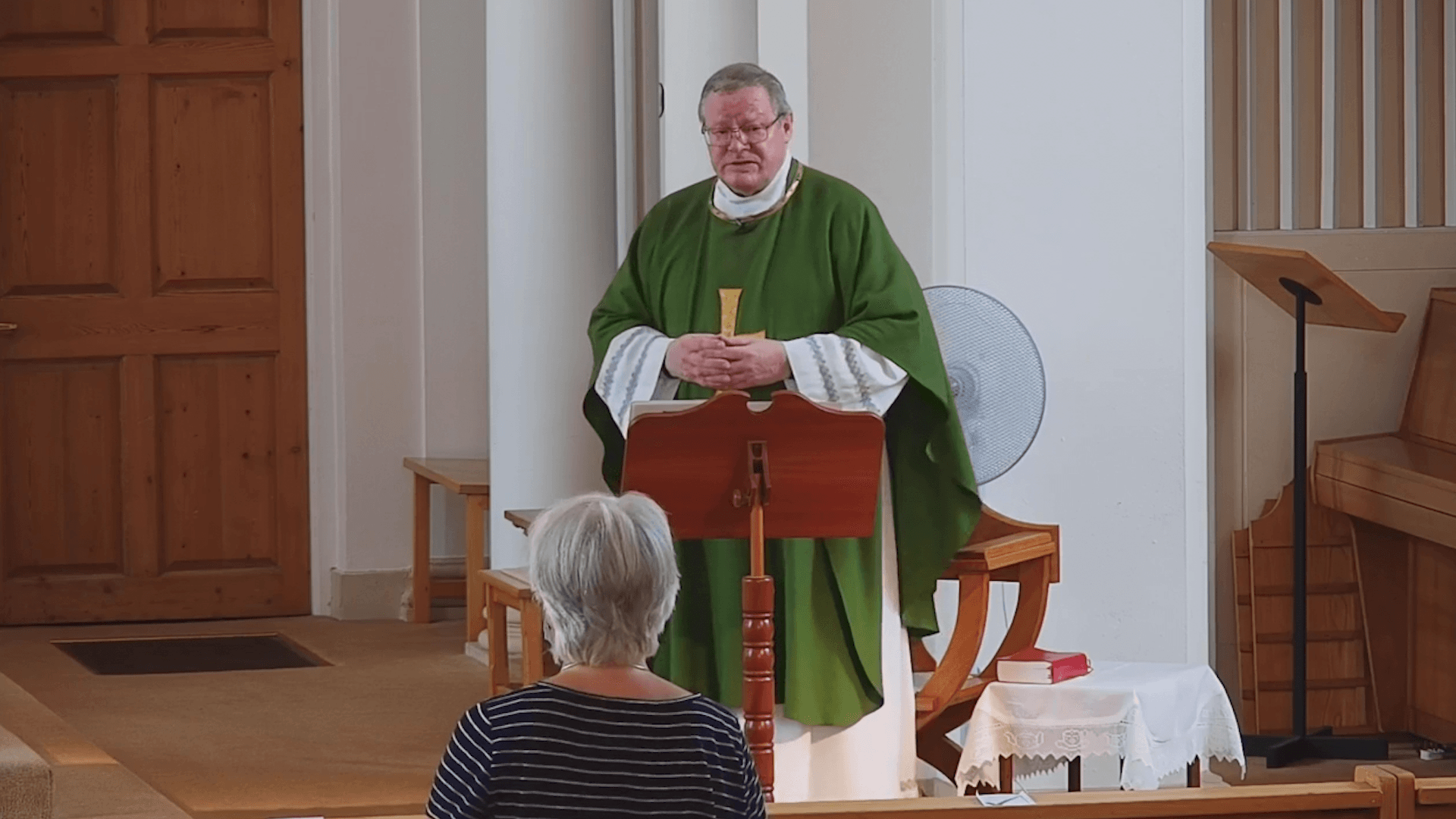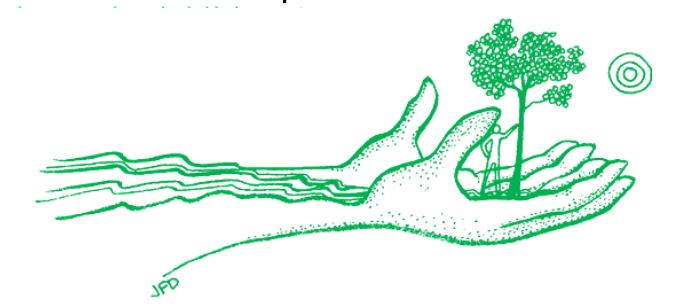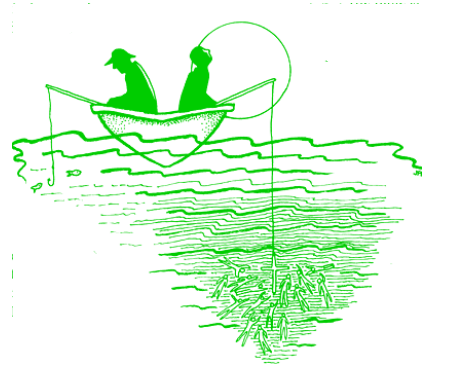









This is one of Jesus’ more famous parables, commonly called “The Parable of the Sower” or “The Parable of the Seed.” It briefly describes a scenario that makes sense to most listeners. Of course, seeds sown on a path, on rocky ground, and among thorns wouldn’t produce much, if any, harvest. And, of course, seed sown in fertile soil should produce a very good harvest. Anyone who knows anything about seeds and plants would understand this, so what is the point Jesus is trying to make? Knowing Jesus, the disciples immediately realize that a seemingly straightforward parable has a deeper meaning than what we understand on the surface. They also recognize that not everyone will read a more profound message into a simple parable, so they ask Jesus why he teaches like this.
This Gospel passage comes after Jesus has just clashed with the scribes and Pharisees, the ones who think they know-it-all when it comes to God and religion. He had been healing people and casting out demons, and many people in the crowds received him with humility and gratitude. The scribes and the Pharisees, on the other hand, wouldn’t accept the good work he was doing at face value, and they accused him of working for Satan. Jesus points out to his disciples that those religious leaders are just like their ancestors who refused to listen to the prophets of old. As the saying goes, “You can lead a horse to water, but you can’t force it to drink.” The Pharisees and scribes could see the good and miraculous things Jesus was doing, but they wilfully closed their ears and eyes to how God was acting in and through Jesus. At the same time, many people in the crowd were proving to be “good soil,” hearing and seeing how God was acting in the world.
Questions of the week
Share about a time when you have witnessed someone open to experience God’s amazing or miraculous growth.
At this point in your life, what kind of soil would you say you are?









